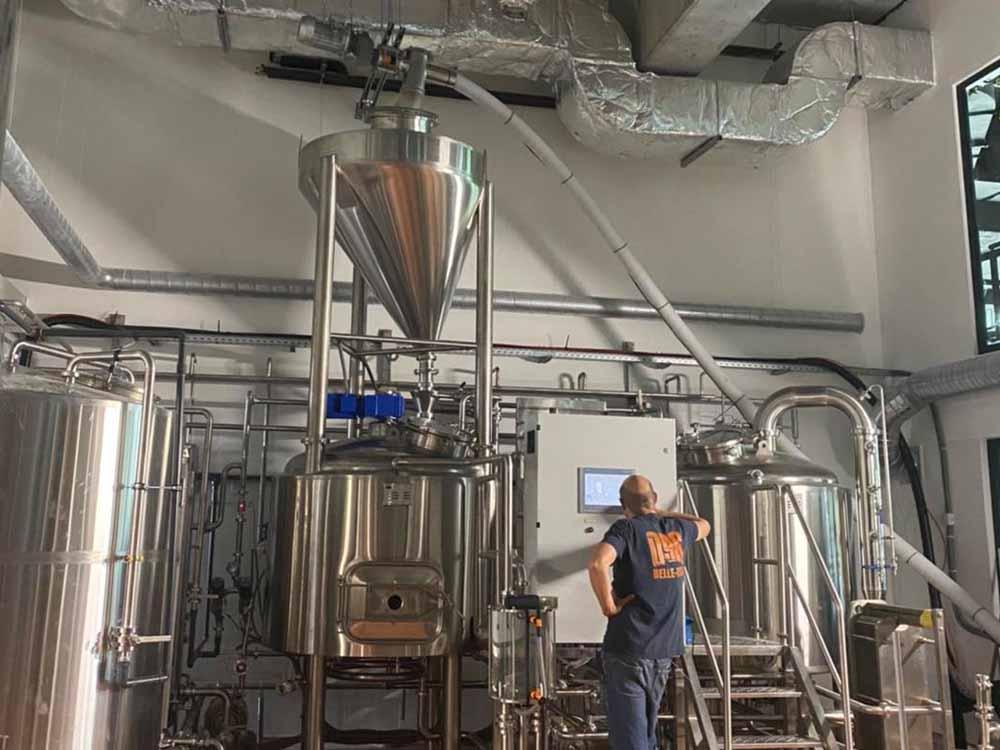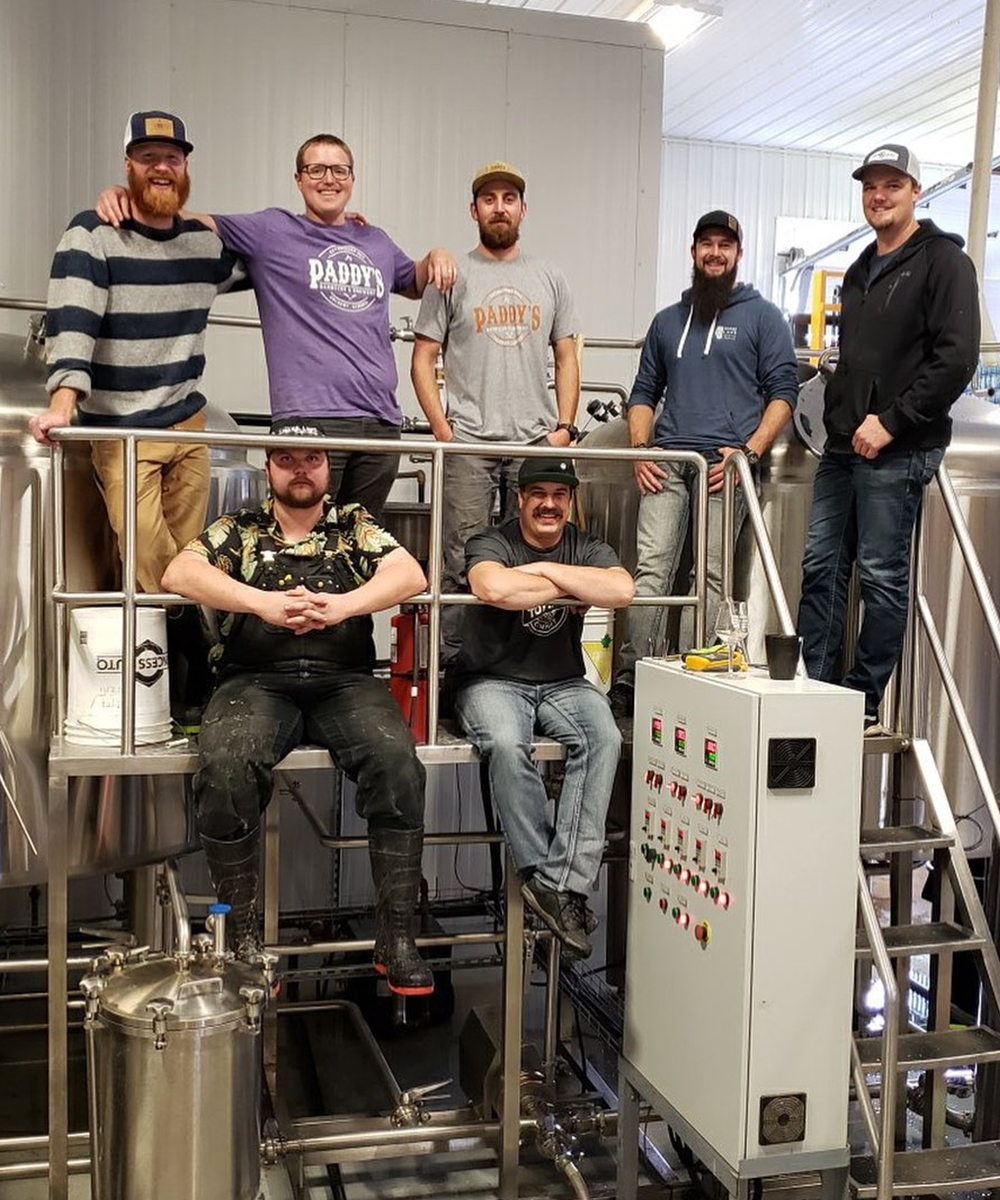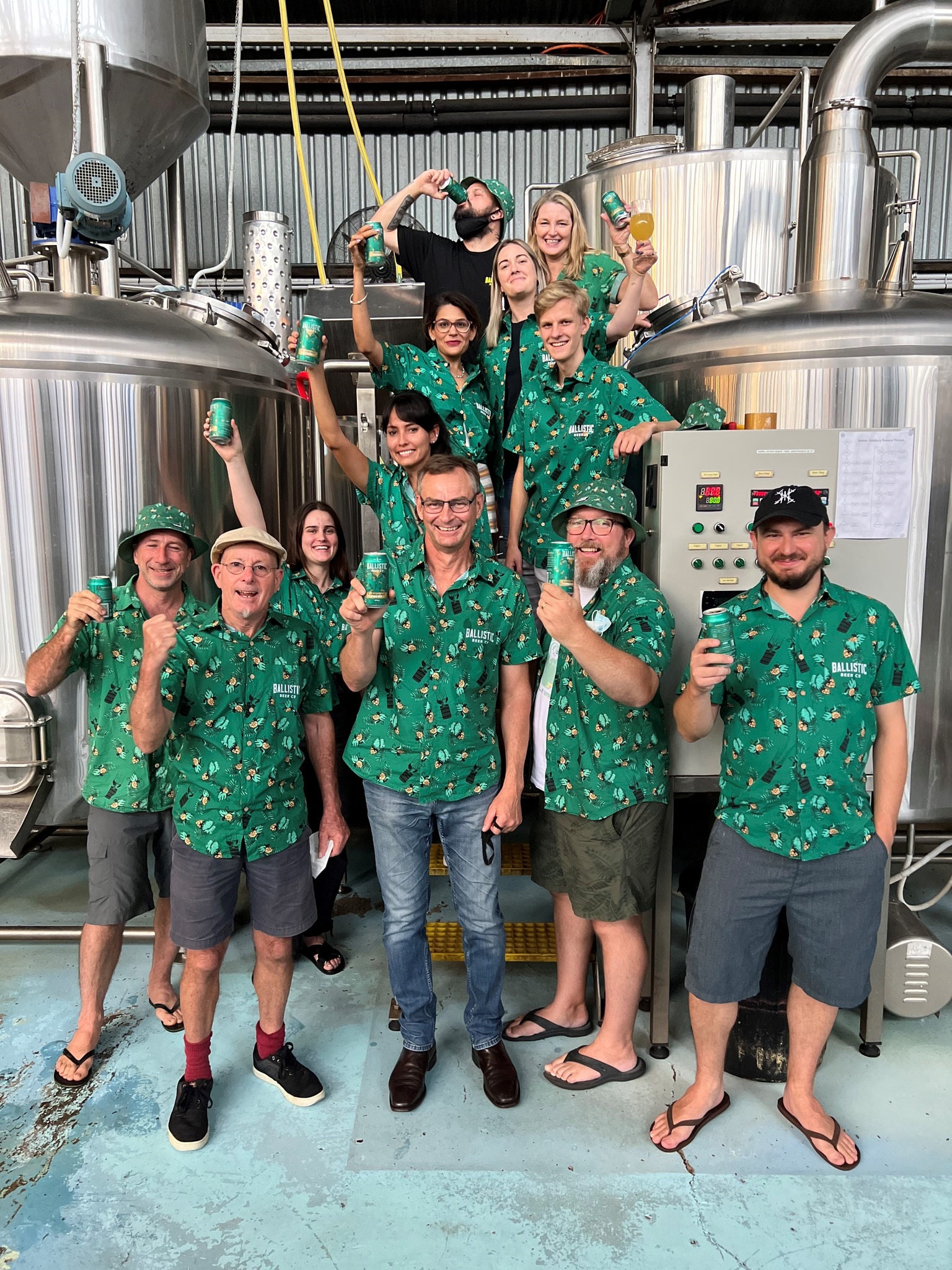.jpg)
Beer fermentation tanks and brite beer tanks are commonly used in breweries. Tiantai beer equipment company provide such tanks from 50L-300HL too.
There is a frequently asked question by customers, what's the pros and cons of beer fermentation tanks and brite beer tanks?
Let’s talk about the pros and cons of these two types of tanks.
Beer Fermenters:
Advantages:
Primary Fermentation: Beer fermenters are designed for the primary fermentation of beer. This allows brewers to control the conditions in which the yeast works, which can greatly impact the quality and flavor profile of the beer.
Flavor Development: The primary fermentation is where much of the flavor development of the beer takes place. With a beer fermenter, brewers can control the temperature, yeast strain, and other factors to produce beer with a wide range of flavor profiles.
Flexibility: Beer fermenters can be used for a variety of different types of beer, as long as they are cleaned and sanitized properly between batches.
Volume: Fermenters are typically larger than brite tanks, which allows breweries to produce larger quantities of beer in a single batch.
Disadvantages:
Longer Turnaround Time: Because the primary fermentation takes longer than the conditioning phase, beer fermenters can tie up equipment for longer periods of time.
Higher Risk of Contamination: The primary fermentation process creates a lot of activity, which can create more opportunities for contamination. Proper cleaning and sanitizing of the fermenter between batches is critical.
Higher Cost: Beer fermenters are typically more expensive than brite tanks due to their larger size and more complex design.
Beer Brite Tanks:
Advantages:
Clarification: Beer brite tanks are designed for the storage and conditioning of beer before it is packaged for distribution. This allows for further clarification of the beer, resulting in a clearer and more stable product.
Carbonation: Brite tanks are equipped with a carbonation stone and a pressure gauge, which allows brewers to control the level of carbonation in the beer.
Faster Turnaround Time: Because the beer has already gone through the primary fermentation process, the conditioning phase in a brite tank is typically much shorter than in a fermenter.
Lower Risk of Contamination: Because the beer has already gone through the primary fermentation process, there is less activity in a brite tank, which reduces the risk of contamination.
Disadvantages:
Limited Flexibility: Brite tanks are typically used only for conditioning and storage, which limits the types of beer that can be produced in them.
Lower Volume: Brite tanks are typically smaller than fermenters, which limits the quantity of beer that can be produced in a single batch.
Less Control Over Flavor: While brite tanks can be used to carbonate beer, they do not offer the same level of control over the flavor profile as a fermenter does.
Both beer fermentation tanks and beer brite tanks play important roles in the brewing process and have their own advantages and disadvantages. The choice of equipment depends on the specific needs and goals of the brewery.
Are you looking for any beer brewing equipment, beer fermentation tanks, or brite beer tanks?
Welcome your inquiries about your brewery equipment project!
Edit by Jane
Project manager
E: [email protected]










Get A Quote